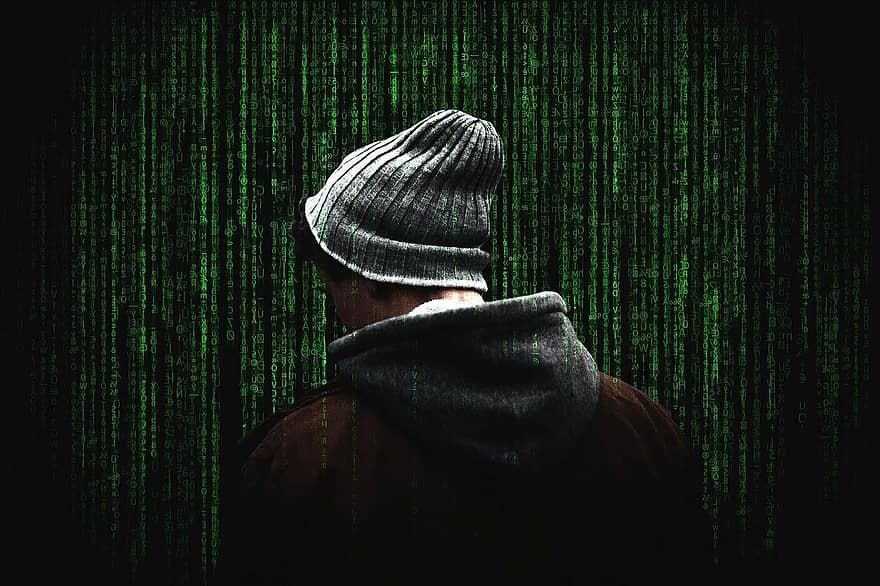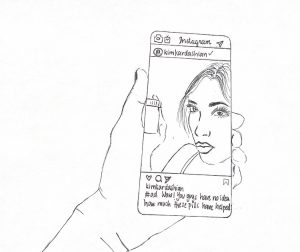“Blue Whale Challenge” continues to be a threat four years later
August 2, 2020
Social media is constantly evolving, for better or for worse, and its impacts on adolescence are profound. As Health Expert Neha Chaudhary, MD, a child, and adolescent psychiatrist at Massachusetts General Hospital and Harvard Medical School stated, “teens… have been comparing themselves more to their peers and have been deprioritizing healthy, in-person communication,” feeding into peer-pressure. The “Blue Whale Challenge” is a prime example of such.
The “Blue Whale Challenge” can seem harmless at first glance. The name comes from the similar act whales do, called “beaching,” resulting in themselves surfacing onto the shore and dying. The “Blue Whale Challenge” game follows a similar manner.
Here’s how it works. The challenge starts with a social media profile, usually by the username of John/Johnstan or Galindo, via Facebook, Twitter, or Instagram. However, some accounts may not use these specific names. The user may send a direct message (DM), such as “Hey!” to make themselves look completely harmless and act like friends.
Once the DM is opened, the user can threaten to use your IP address, a label to identify one or more devices with an address that can be linked to your home; to harm you or your family. While offering an alternative to that- by asking the player to take part in 50 challenges, with the last one being to take your life and then sending pictures to the administrator.
The “player” is expected to do one challenge a day, with the first ones being relatively easy and then progressively becoming more dangerous. For instance, in 2016, when the challenge was first circulating, one of the earlier challenges a player had to do was draw a whale on a sheet of paper; however, soon, they would have to carve a whale on their hand with a razor. If the player says no, the administrator can choose to release/share something extremely personal or threatening about the player or their loved ones (or at least makes the player believe that they will).
As scary as this challenge is, there are some ways to prevent the user from knowing or using your personal information. One is not to open the DM at all and to immediately block the account. This will prevent them from being able to reach out to you again.
Another tip is to make your account private. In doing so, only people you know or feel comfortable with can access your information and your whereabouts. Many times the administrator first keeps an eye on your public social media page, to find more information about you and they may use that to find potential victims.
“I just clicked on the name because I thought someone would be trying to contact me,” said an incoming freshman at Montevideo High School. “If I would have known about this, I would have immediately blocked them.”
She had immediately confided in a trusted adult after learning about the challenge and now knows to block anyone if she doesn’t know them. This is what should be done if one has clicked on a possible account affiliated to this challenge. If a victim has been threatened it is always important to go to local law enforcement, as threats like these are taken very seriously.
Additionally, crisis intervention experts note that if a parent has noticed their child changing their Instagram or Twitter profile to read: “I_am_whale” it may mean that they are involved with this challenge.
Caregivers and friends should keep an eye and monitor their loved ones. Changes in habits and emotions could be possible red flags. A change in appetite, state-of-mind, constantly sleeping, and losing the will to do enjoyable things are also possible indicators that something may be wrong, and the Polaris Teen Center describes such actions as psychological risk factors of self-harm.
Plus, the Polaris Teen Center found that “self-harm in teens has been on the rise since the 1960s, as a study in 2005 estimated that between 17-28% of young adults (especially female) will self-harm in their life.”
Crisis intervention experts also emphasize that asking the following questions may be helpful.
“How does this make you feel?”
“Do you know people who have tried this challenge?”
“Do you know where the challenge comes from?”
An emphasis on mental health and awareness is pivotal, especially coming upon issues regarding Social Media. Make sure to reach out if in need and take note of the red flags regarding the “Blue Whale Challenge” and mental health.
Below is a list of mental health resources.
National Suicide Prevention Lifeline, call 1-800-273-8255
Crisis Text Line, text HOME to 741741
YouthLine, text teen2teen to 839863, or call 1-877-968-8491



